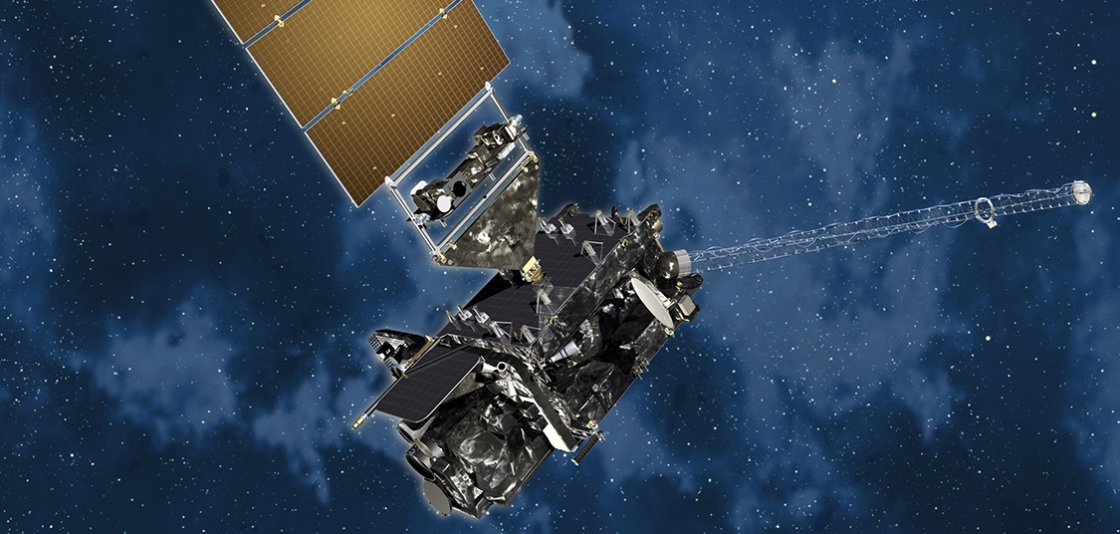 Artistic rendition of GOES-R, NOAA's next-generation geostationary weather satellite.
Artistic rendition of GOES-R, NOAA's next-generation geostationary weather satellite.
This month NOAA will be launching its most advanced weather satellite to date, the Geostationary Operational Environmental Satellite-R (GOES-R). The first of NOAA’s long-awaited, next generation weather satellites, the GOES-R will allow for significant improvements with tracking and forecasting the weather.
On November 19, 2016, at approximately 5:42pm EST, the GOES-R will be launched from Cape Canaveral, Florida onboard an Atlas V 541 rocket. The satellite will undergo a checkout and validation phase during its first year in orbit, and will then transition to operations immediately after.
Visually, the satellite can scan the Earth five times faster than previous GOES satellites, with four times the image resolution. GOES-R also uses triple the spectral channels, and can deliver images of severe weather as often as every 30 seconds. This will allow for improved hurricane tracking and intensity forecasts, as well as improving forecasts and warnings for severe thunderstorms that may generate tornadoes.
The satellite is also equipped with a state-of-the-art lightning mapper that will allow almost instantaneous lightning tracking over the entire hemisphere. This helps forecasters because an increase in lightning intensity can indicate that a storm will become more severe.
GOES-R’s capabilities will also lead to improvements in many other areas, including detecting rainfall and flash flooding risks, aviation flight route planning, air quality alerts, and fire detection.
In addition to viewing what’s happening here on Earth, sensors on GOES-R will monitor the sun and solar activity. This will improve the forecasting of major strong space weather events, which can cause communication and navigation disruptions, and will provide more accurate monitoring of energetic particles that can cause radiation hazards to spacecraft and humans.
“This remarkable spacecraft and the instruments it holds embody what NOAA and the aviation, aerospace, and private weather enterprises have been conceptualizing for years,” said NOAA Administrator Dr. Kathryn Sullivan. “GOES-R will serve as the vital foundation for the Weather-Ready Nation we are building. Not only will its data help forecasters increase our watch and warning times, but will help our communities and businesses build smarter, stay safer, and remain resilient to global change."